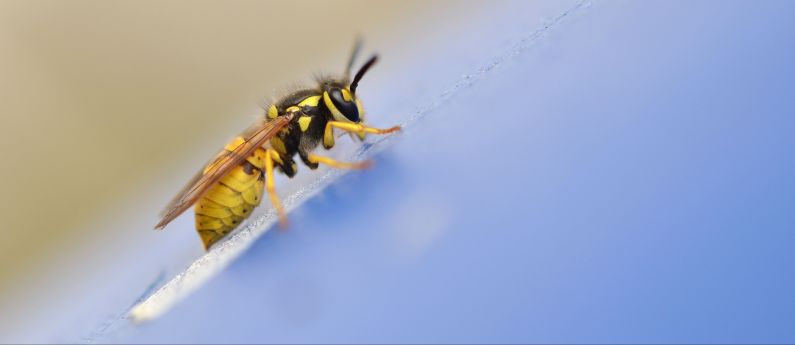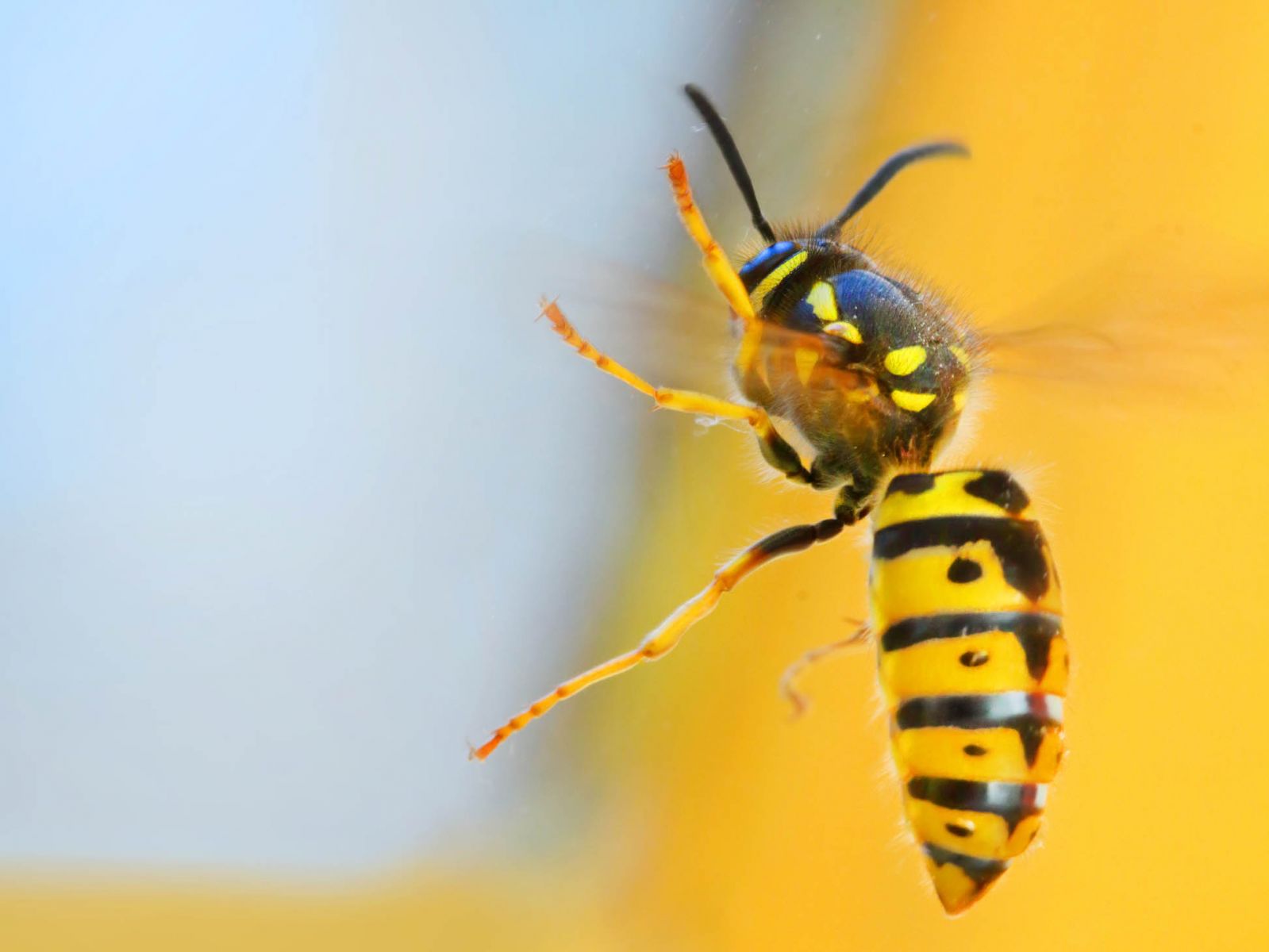 Last summer, the western U.S. and Rocky Mountain states saw aggressive, stinging yellowjackets appearing in epic proportions.
Last summer, the western U.S. and Rocky Mountain states saw aggressive, stinging yellowjackets appearing in epic proportions.
With that summer population explosion, the number of newly crowned -- er, fertilized -- yellowjacket queens who survived to hibernate over winter was larger than ever.
And that means a bumper crop of yellowjacket queens this spring, with each one starting a new nest.
Yellowjackets spend winter by hunkering down in sheltered locations like underground holes, tree cavities, piles of debris or firewood, or inside attics, wall voids or crawl spaces. During this period of hibernation, their metabolism slows and they exist off stored body fat until outdoor temperatures rise and they become active again.
The Old Farmers’ Almanac predicted that the winter of 2018/2019 would be a “teeth-chattering cold one, with plenty of snow.” That forecast in most places has proven true.
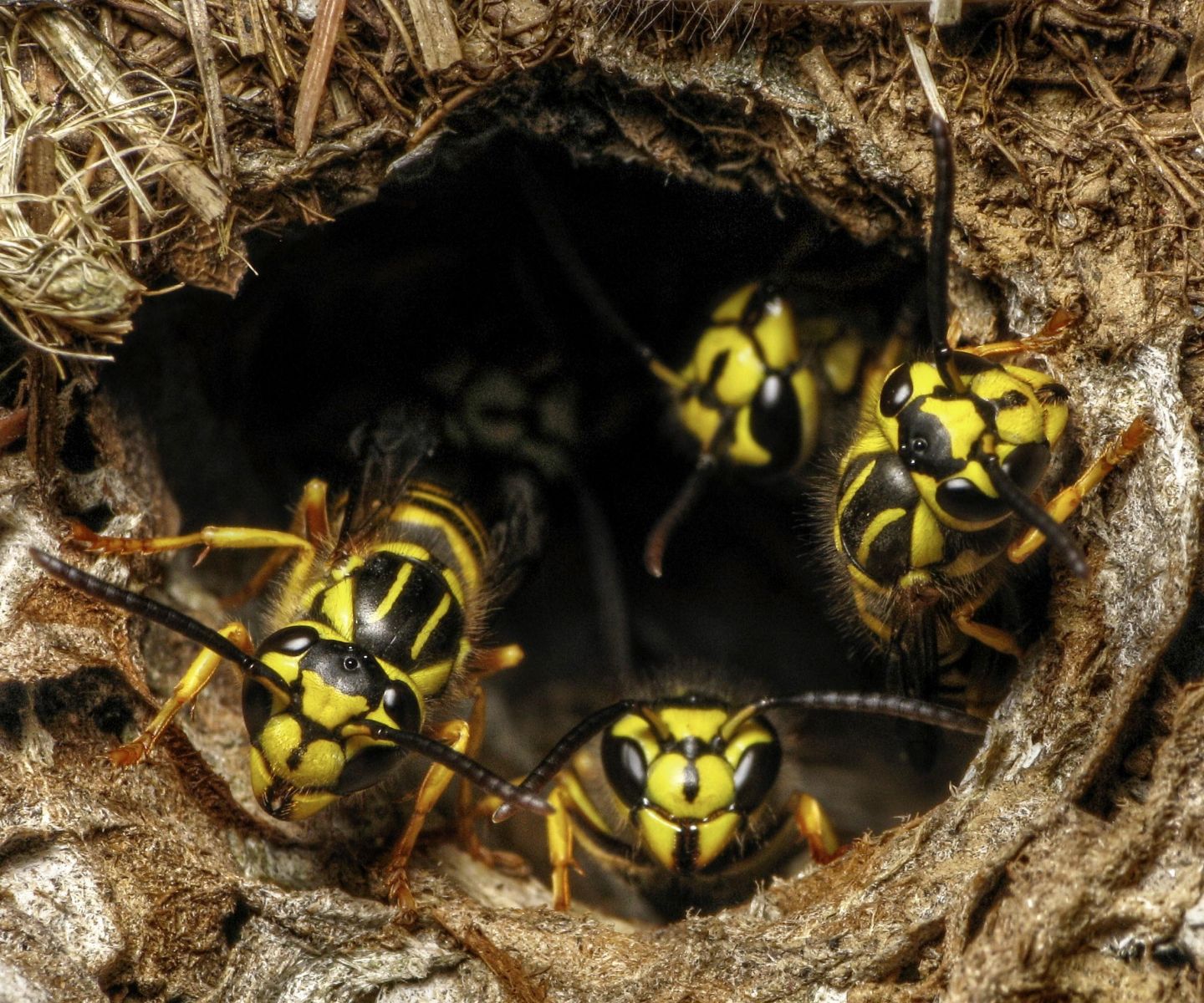 But that doesn’t mean it’s killed off the yellowjackets.
But that doesn’t mean it’s killed off the yellowjackets.
“Ironically, a mild winter and early spring can be more deadly to insects than a long, cold winter,” explains Dr. Qing-He Zhang, Director of Research & Development for RESCUE!.
During a mild winter, yellowjackets can become ‘seasonally confused’ and emerge from hibernation too early – which is not ideal for their survival. Consistent cold winter temperatures are better for them, as opposed to a frequent freeze-thaw cycle. The latter can make yellowjackets vulnerable to harsh conditions once the weather goes from a thaw back to a freeze.
A heavy snow cover actually provides good insulation to keep yellowjackets and other insects comfortable and sleeping soundly until it’s time to emerge from hibernation.
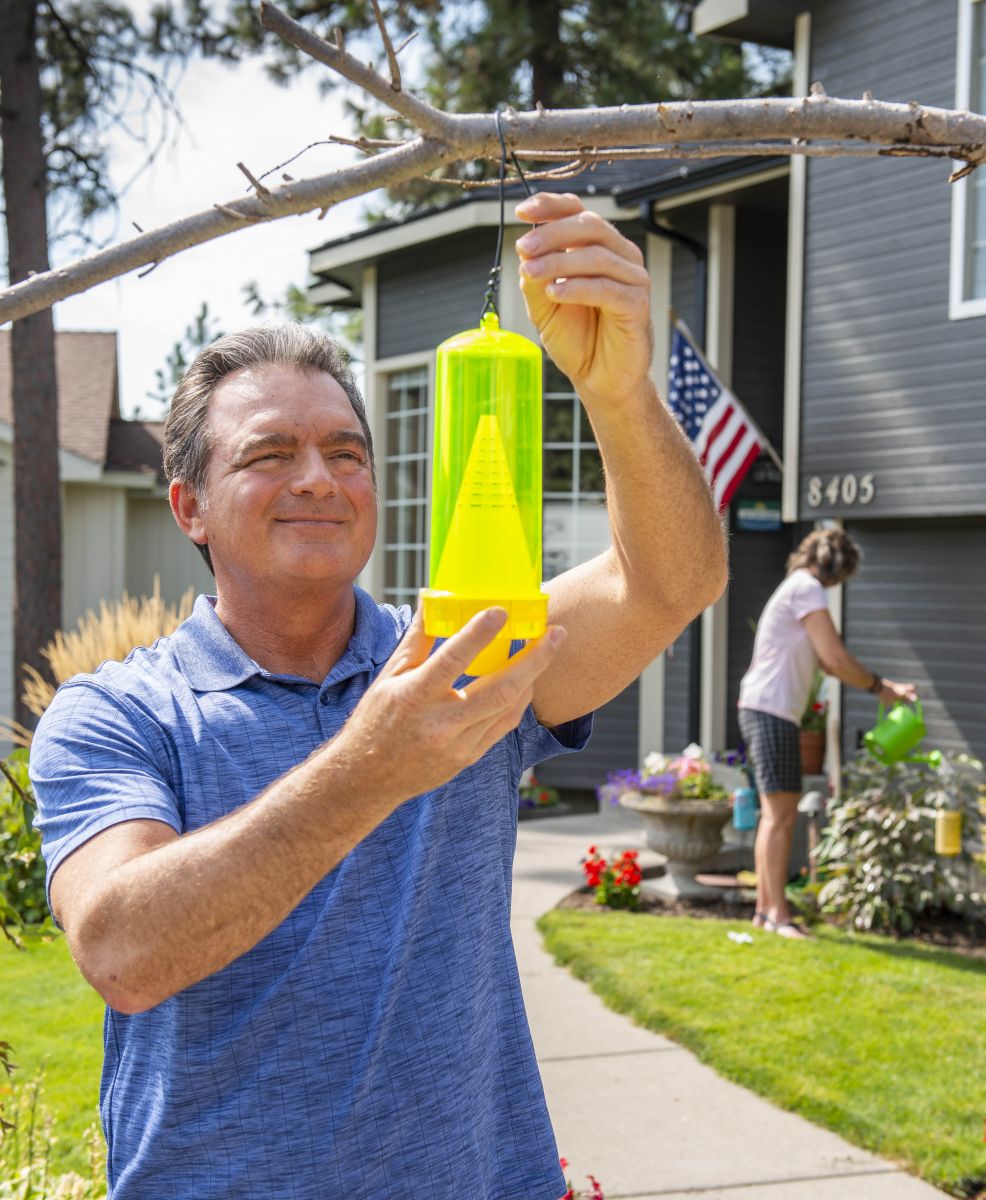 The biggest determining factor in the yellowjacket population is the onset of spring temperatures. Early warm and dry weather in spring helps the yellowjacket queens get established faster.
The biggest determining factor in the yellowjacket population is the onset of spring temperatures. Early warm and dry weather in spring helps the yellowjacket queens get established faster.
Daytime temperatures need to reach close to 65-70 degrees consistently for the queens to begin waking up from hibernation. Once they start flying, they will seek out a new nest site and begin construction.
So don’t let this severe winter lull you into a false sense of security about bugs – especially yellowjackets.
It’s more important than ever to use RESCUE! Yellowjacket Traps to catch the queens in spring. Each queen captured means one less nest of yellowjackets to torment you later on this summer!


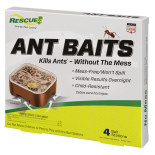 Ant Baits
Ant Baits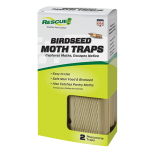 Birdseed Moth Trap
Birdseed Moth Trap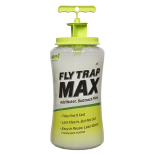 Fly Trap Max
Fly Trap Max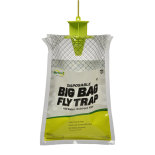 Fly Trap, Big Bag
Fly Trap, Big Bag 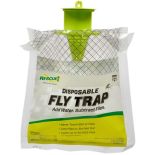 Fly Trap, Disposable
Fly Trap, Disposable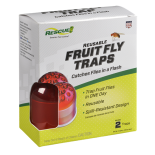 Fly Trap, Fruit Fly
Fly Trap, Fruit Fly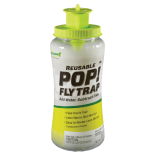 Fly Trap, POP! Fly
Fly Trap, POP! Fly 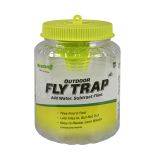 Fly Trap, Reusable
Fly Trap, Reusable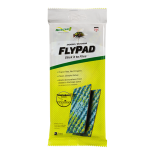 FlyPad
FlyPad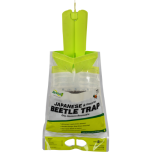 Japanese & Oriental Beetle Trap
Japanese & Oriental Beetle Trap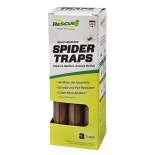 Spider Trap
Spider Trap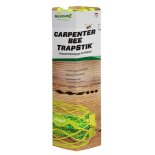 TrapStik, Carpenter Bee
TrapStik, Carpenter Bee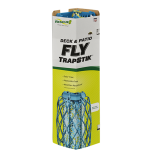 TrapStik, Deck & Patio Fly
TrapStik, Deck & Patio Fly 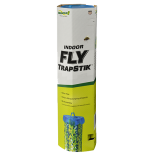 TrapStik, Indoor Fly
TrapStik, Indoor Fly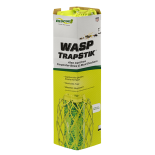 TrapStik, Wasp
TrapStik, Wasp W·H·Y Trap for Wasps, Hornets & Yellowjackets
W·H·Y Trap for Wasps, Hornets & Yellowjackets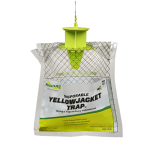 Yellowjacket Trap, Disposable
Yellowjacket Trap, Disposable 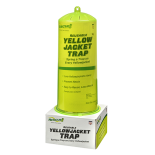 Yellowjacket Trap, Reusable
Yellowjacket Trap, Reusable 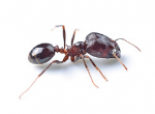 Ants
Ants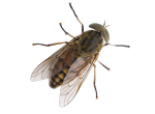 Biting Flies
Biting Flies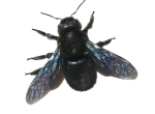 Carpenter Bees
Carpenter Bees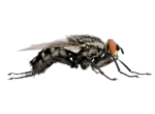 Flies
Flies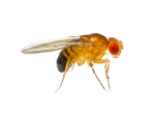 Fruit Flies
Fruit Flies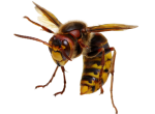 Hornets
Hornets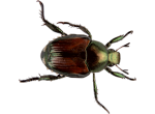 Japanese Beetles
Japanese Beetles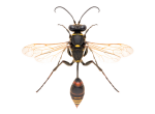 Mud Daubers
Mud Daubers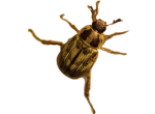 Oriental Beetles
Oriental Beetles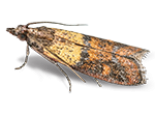 Birdseed & Pantry Moths
Birdseed & Pantry Moths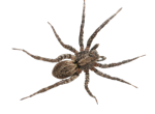 Spiders
Spiders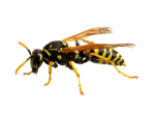 Wasps
Wasps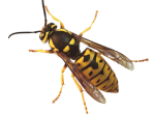 Yellowjackets
Yellowjackets